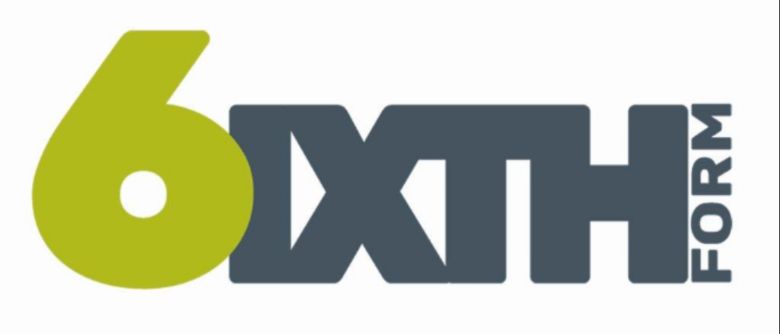Travel and Tourism
Key Information
Exam Board - Edexcel/Pearson
Qualification Type - BTEC National Extended Certificate
Entry Requirements - Applied BTEC Pathway
Course Outline
Unit 1 - The World of Travel and Tourism
A - Types of travel and tourism - Leisure, business, specialist.
B - The types of travel and tourism organisations, their roles and the products and services they offer to customers - Travel agents, tour operators, attractions, transport providers, accommodation, tourism information services, trade associations, regulatory bodies.
C - The size, scale and importance of the travel and tourism industry - Visitor numbers, employment, spending.
D - Factors affecting the travel and tourism industry - Technology, social trends, economic factors, security, environmental factors, climate change.
Unit 2 - Global Destinations
A - Location and features giving appeal to global destinations - Natural features, built attractions, climate, facilities, amenities.
B - Global transport - Air travel, cruise, rail operators, local transport providers.
C - Planning global travel - Plans taking account of customer needs.
D - Global consumer trends - Changing demographics, changing family structure, changing tastes.
E - Factors affecting the popularity and appeal of destinations - Political, economic, image, changing markets, natural disasters, climate.
Unit 3 - Principles of Marketing in Travel and Tourism
A - Customer expectations and customer service - Knowledge of products and services, value for money, communication with the customer, credibility of the organisation, attracts new business, repeat business, increased spending.
B - Marketing in travel and tourism organisations - Marketing aims and objectives, branding, mass and niche marketing, growth strategies, external influences on marketing.
C/D- Develop a marketing plan - Collect market research, analyse data, marketing mix.
Unit 15 - Visitor Attractions
A - Investigate the nature, role and appeal of attractions - Types of attraction, appeal of attractions, funding, sources of revenue.
B - How do attractions meet the needs of visitors - Products and services provided, support services, primary and secondary spend opportunities, facilities and amenities, use of technology in attractions such as interactive displays and booking systems.
C - How attractions respond to competition - Reliable market research, high quality visitor experiences, brand loyalty.
Assessment Outline
Unit 1
This unit is assessed by a written examination set and marked by Pearson.
The examination will be 1.5 hours in length.
The number of marks for the examination is 75. The assessment availability is January and May/June each year.
Unit 2
This unit is assessed under supervised conditions. Pearson sets and marks the task.
Students will be given Part A two weeks before the supervised assessment period in order to carry out research.
Part B, the supervised assessment period is a maximum of three hours.
The number of marks for the unit is 60. The assessment availability is January and May/June each year.
Units 3 and 15
These units are assessed internally.
Tasks are written and assessed by tutors within the department.
A sample of work will be verified by Pearson.
Students will receive a grade of Pass, Merit or Distinction for each unit dependent on their performance.

